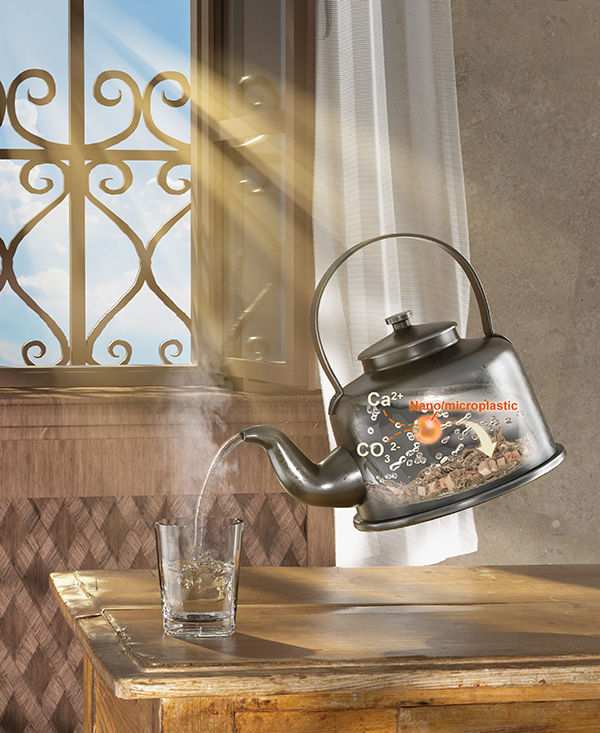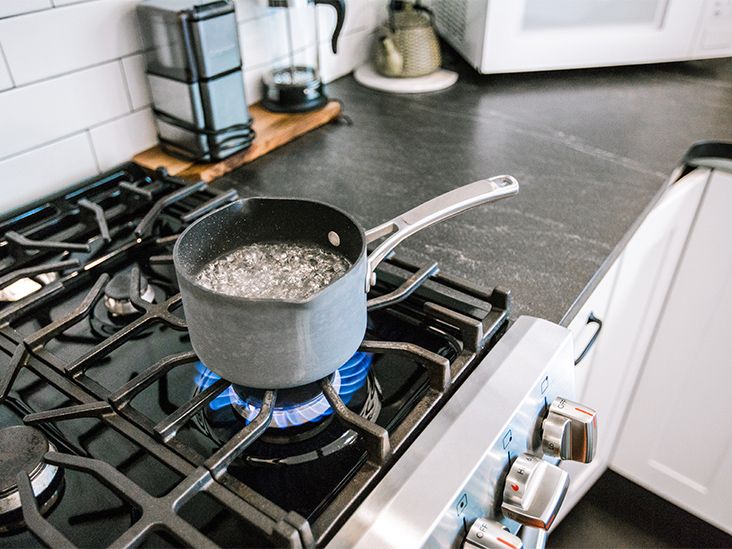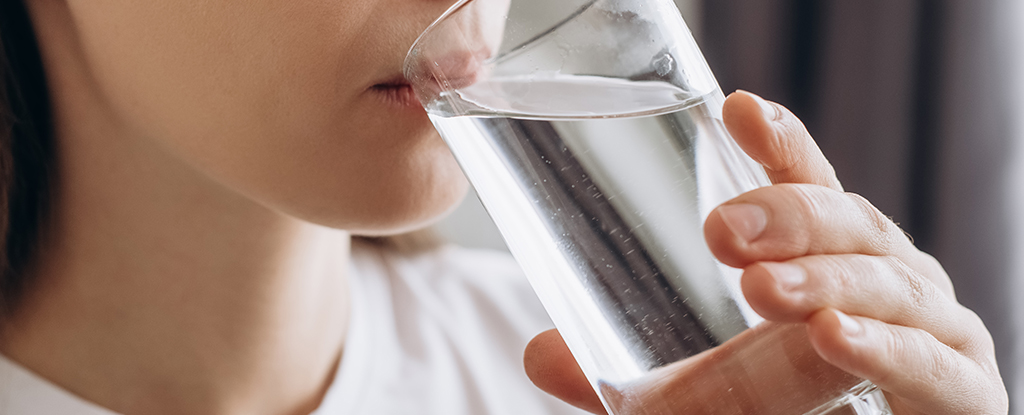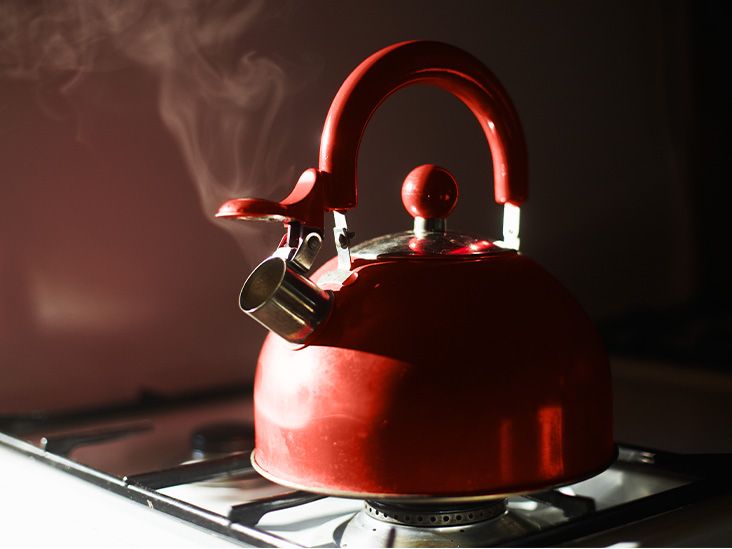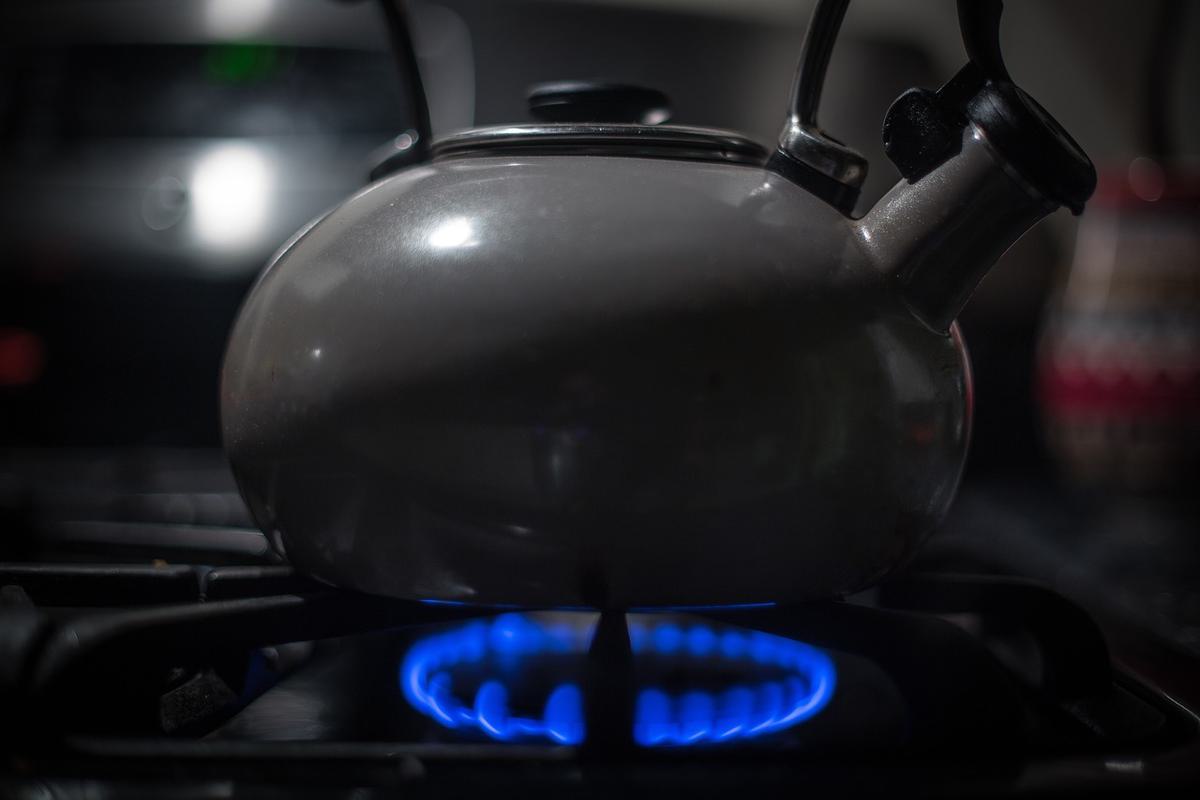- Microplastics-Free
- Posts
- How Boiling and Filtering Tap Water Can Remove Up to 90% of Microplastics
How Boiling and Filtering Tap Water Can Remove Up to 90% of Microplastics
Microplastics—tiny plastic fragments smaller than 5 millimeters—are now ubiquitous in our environment. From oceans to soil to the very water we drink, these particles pose growing concerns for human health and the planet. Recent research offers a surprisingly simple strategy: boiling and filtering tap water. According to a new study in Environmental Science & Technology Letters, this method can remove up to 90% of microplastics from hard water and around 25% from soft water. Here’s what you need to know to protect yourself and your family.
What Are Microplastics and Why Should You Care?
Microplastics are fragments of plastic debris, often originating from the breakdown of larger items—like bottles, packaging, and synthetic textiles—or manufactured intentionally for products such as cosmetics. Because they are so small (sometimes down to nanometer size), they easily slip through water treatment plants and enter our tap water. Research has found microplastics in bottled water, seafood, table salt, and even human organs, raising questions about long-term health impacts healthlinemedicalnewstoday.
Emerging studies suggest that ingesting microplastics may disrupt the gut microbiome, trigger inflammation, and contribute to metabolic and liver issues. While the full scope of health risks remains under investigation, reducing microplastic intake is a prudent step for any eco- or health-conscious household.
The Science Behind Boiling Water to Remove Microplastics
A team led by Zhanjun Li and Eddy Zeng in Guangzhou, China, tested whether boiling hard and soft tap water could help trap microplastics in limescale—the chalky calcium carbonate (CaCO₃) that forms when hard water is heated. Their process involved:
Spiking tap water samples with known concentrations of nano- and microplastics.
Boiling the water for five minutes, causing CaCO₃ incrustants to form.
Filtering the cooled water through a simple coffee filter or fine mesh.
In hard water (≈300 mg CaCO₃/L), boiling and filtering removed up to 90% of free-floating microplastics. Even in soft water (<60 mg CaCO₃/L), the process captured about 25% of particles. The incrustants encapsulate plastic particles, which can then be scraped off the kettle or strained out during filtering.
Why This Method Matters
1. Accessibility and Cost-Effectiveness
Most advanced filters capable of trapping microplastics are expensive and require maintenance. In contrast, boiling and filtering uses tools already common in every kitchen—a kettle and a coffee filter—making it an affordable, DIY way to remove microplastics from water.
2. Enhanced Safety
Boiling water is already recommended in many regions to kill pathogens. Now, it also serves a dual purpose: reducing microplastic content before consumption.
3. Environmental Impact
By lowering microplastic ingestion, households contribute less to the cycle of plastic pollution. Discarded limescale containing trapped microplastics can be disposed of responsibly, preventing further environmental contamination.
Step-by-Step Guide: How to Boil and Filter Water for Fewer Microplastics
Check Your Water Hardness:
If you have hard water, you’ll see more limescale buildup—good news for microplastic removal.
For soft water, expect around a 25% reduction but still worthwhile.
Boil for Five Minutes:
Fill your kettle or pot with tap water and bring to a rolling boil for at least five minutes.
Let it cool slightly to allow incrustants to settle.
Filter Through a Fine Mesh or Coffee Filter:
Pour the water through a coffee filter or fine mesh strainer into a clean container.
Scrape off the limescale residue from the kettle and discard it in the trash.
Enjoy Cleaner Water:
Your filtered, boiled water now contains significantly fewer microplastics—up to 90% less if you have hard water.
Broader Implications for Public Health and Policy
While individual actions like boiling and filtering are valuable, systemic solutions are also essential:
Upgrading Water Treatment: Municipal plants can incorporate advanced filtration (e.g., ultrafiltration, reverse osmosis) to trap microplastics at scale.
Regulating Plastic Use: Policies that reduce single-use plastics and encourage biodegradable alternatives help curb microplastic pollution at the source.
Raising Awareness: Educating consumers about simple practices—like boiling water—empowers communities to protect their health.
Conclusion: Small Change, Big Impact
The discovery that boiling and filtering drinking water removes up to 90% of microplastics offers a practical, cost-effective tool for reducing plastic exposure in daily life. By adopting this method, you can take immediate action to safeguard your health and contribute to environmental protection.
Ready to try it yourself? Next time you boil water for tea or coffee, remember: you’re not just brewing a warm drink—you’re also filtering out harmful microplastics.
